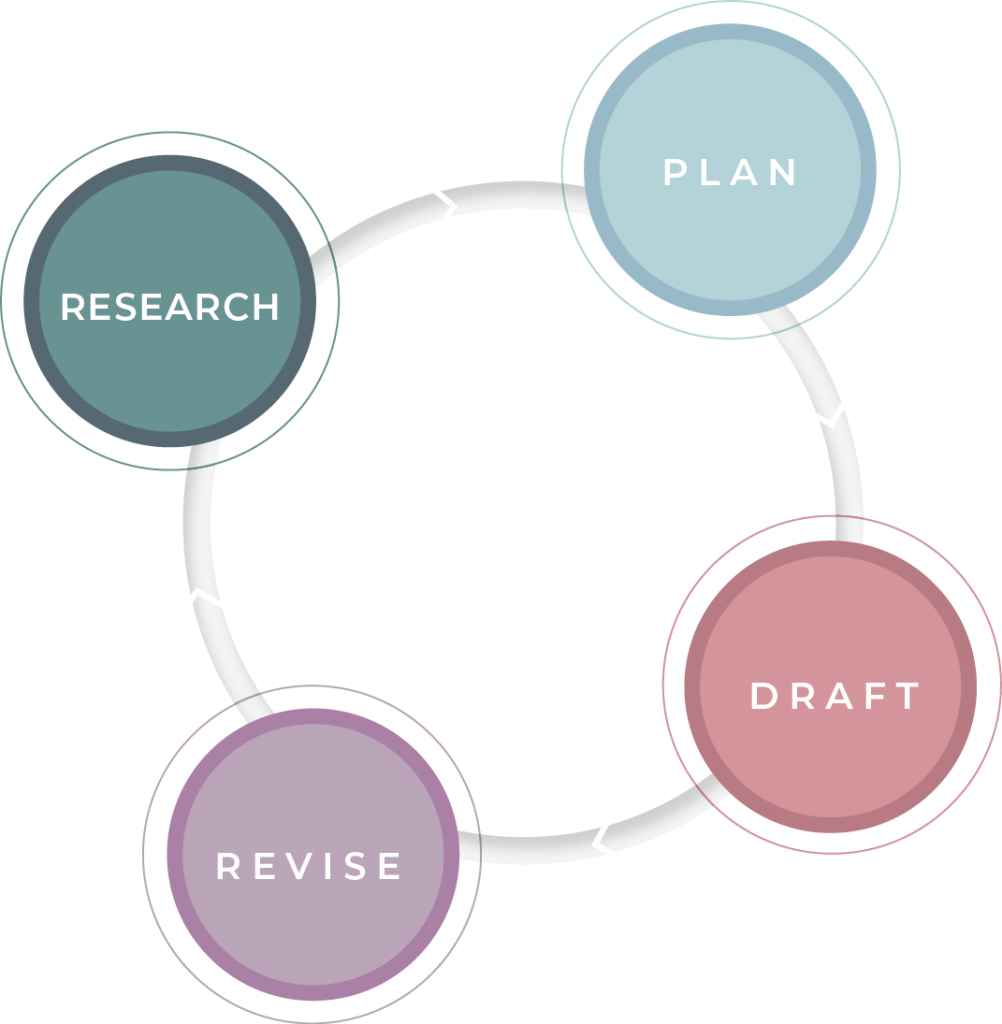Why Process Matters to Your Readers
Be a Maker
When you write, you make something for others.
- Making is a process (exploring, researching, planning, drafting, revising, and so on).
- The others are your target readers.
Look at Process
A thoughtful, deliberate process improves the quality of the product, and therefore serves the reader.
Former Globe and Mail columnist Margaret Wente argues that postsecondary students in 2017 (the time of her writing) are overprotected and coddled by the expansion of student services for mental health and accessible learning. It leaves them unable to cope with the “real” world, she claims. Elamin Abdelmahmoud counters that Wente unfairly characterizes students and unjustly dismisses a growing mental health crisis on campus.
You’re writing a critique essay on Elamin Abdelmahmoud’s “I Sure As Hell Wouldn’t Want To Be a Student Now: An Open Letter to Margaret Wente.”
Consider how two stages in the writing process help you and your readers:
| STAGE | WHAT YOU ACCOMPLISH | HOW YOUR READER BENEFITS |
|---|---|---|
| Explore the Article | • Determine what will be of most interest to readers.
• Find the most significant moments in Abdelmahmoud’s article. • Discover what other people are saying about this issue. | • Strong inputs mean strong outputs. Your research and exploration enrich your argument for your reader. |
| Plan OR Reverse Outline Your Essay | • Decide your main points and the order to put them in. This can happen at the pre-drafting stage or after a complete draft, when you outline what you have as a way of seeing it clearly so you can develop it (“reverse outline”). | • Without organization, readers can’t make sense of things. Your planning or reverse outlining establishes the solid structure and organization that will help readers follow your ideas. |
The Writing Process Overview
Here we will take a top-level view of the writing process. In other topics, we’ll dive deeper into some of the details.

Fundamentally, the writing process is Research – Plan – Draft – Revise.
Adapting Process
There’s a logic to the eight-step writing-process sequence you’ve just learned.
But you can also reorder the steps, or leave some out.
- Draft
- Proofread
You can also adapt the process to suit your preferences:
- Draft
- Reverse-outline your draft and develop the structure
- Do research and exploration to enrich the draft before your first major rewrite
Alternatively:
- Plan and research
- Draft, rewriting, and revising as you go
This approach folds step 6 (revision) into step 4 (drafting). This method is generally not as efficient. But for some people, it just works.
Process is not a set of rules. Adapt as needed.
Iterative Process
More sophisticated projects—a critical essay, a technical report—often benefit from an iterative approach.
Iteration means “repeated process.” For example:
- Explore
- Plan
- Write draft 1
- Get feedback
- Explore new ideas
- Revise into draft 2
- Get more feedback
- Plan new section
- Revise into draft 3
- Proofread
You can repeat any steps, in whatever order, as many times as you need.
Often, writers need to finish a first full draft before they understand what they are trying to do.
The first draft (up to step 3 in the above example) is all about discovery. It is messier and more writer-focused than the final product will be.

For more information on the difference between writer-focused and reader-focused drafts, see Acts of Writing.
The steps of feedback, revision, and additional exploration and planning are about transforming that work into a reader-focused draft.
Try It!
When you plan or reverse outline a project, you think about the structure and organization of the product. Structure is essential to readers being able to follow your ideas. This stage of the writing process has a huge impact on how readers respond to your argument and ideas.
A writer-focused draft comes early in the writing process. It’s the first full draft and is meant to help the writer get a sense of what they are trying to do. The reader-focused draft develops through the revision process. To create this draft, the writer thinks more consciously about what readers need and how they will respond.
Abdelmahmoud, E. (2017, September 22). I sure as hell wouldn’t want to be a student now: An open letter to Margaret Wente. Chatelaine. https://www.chatelaine.com/opinion/campus-mental-health/
Baron, M. (2015, March 2). Acts of Writing. https://actsofwriting.wordpress.com/2015/03/02/reader-based-vs-writer-based-prose/